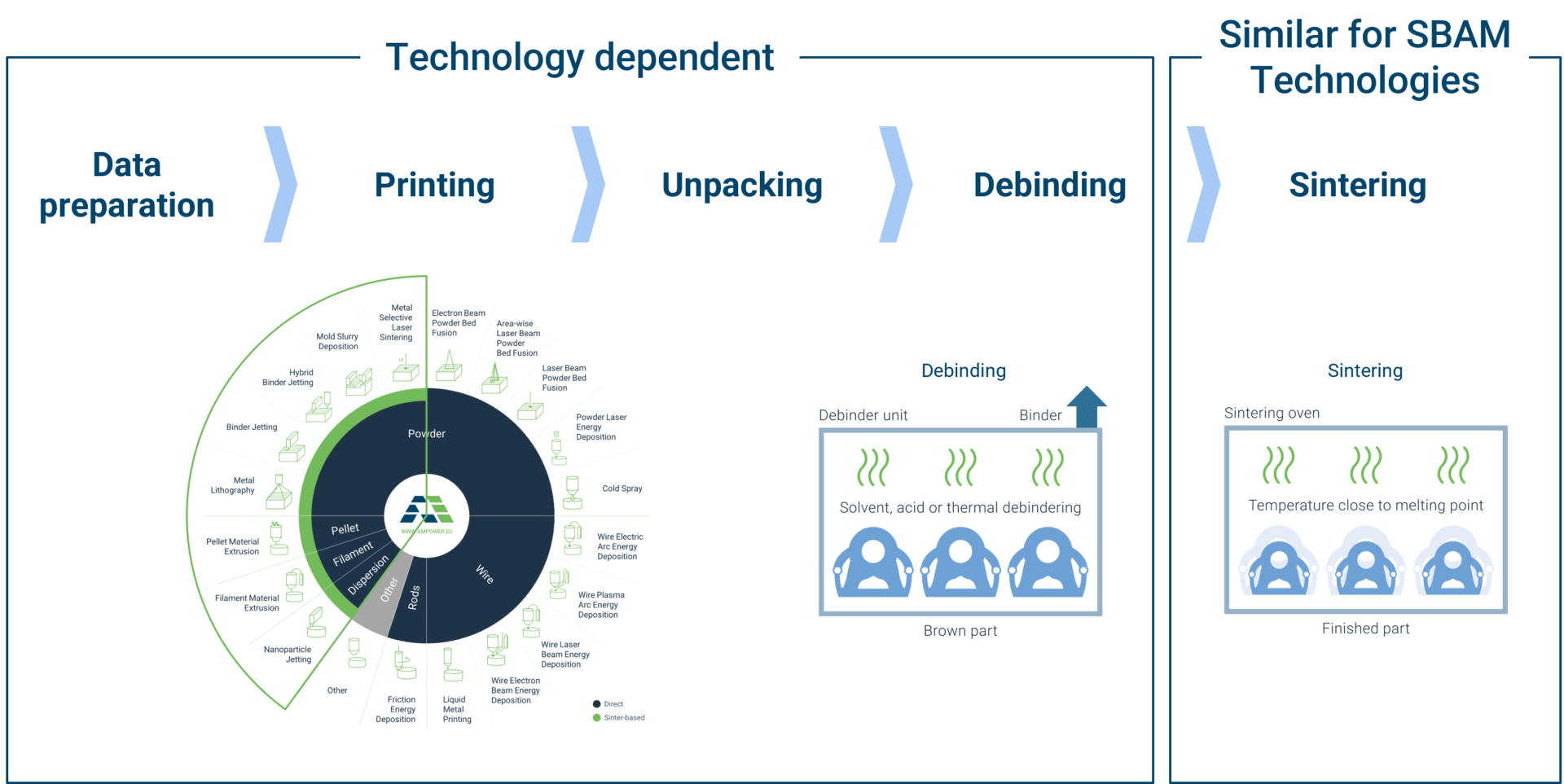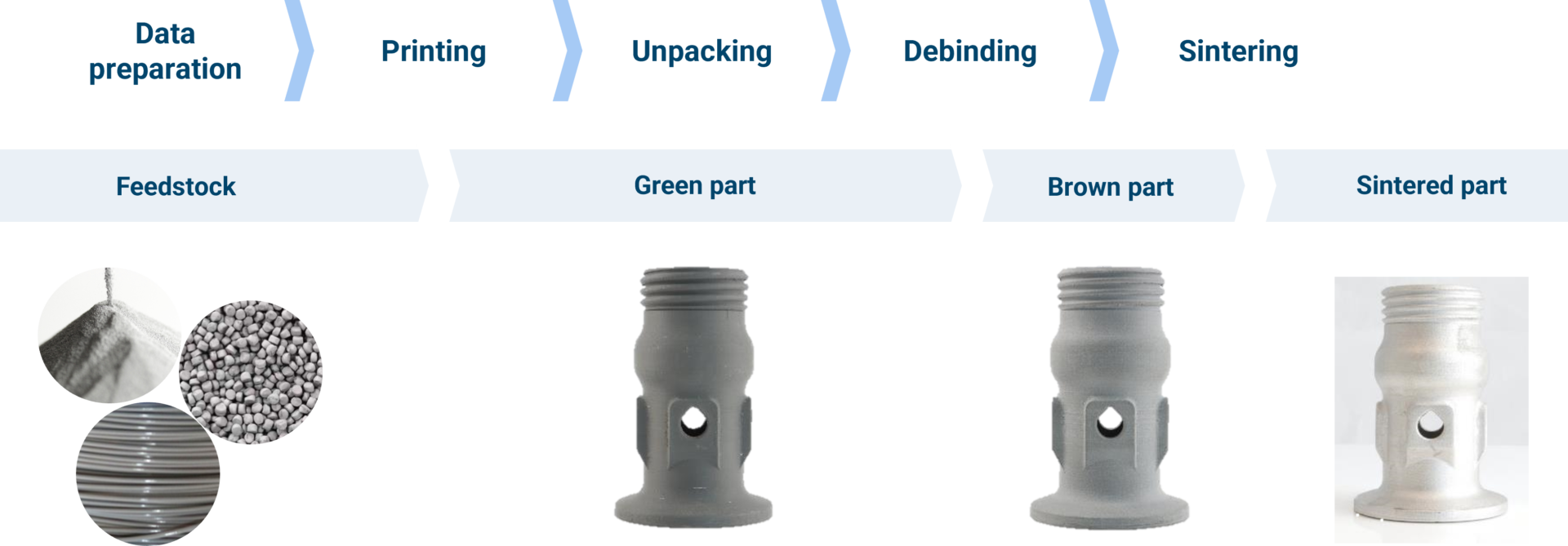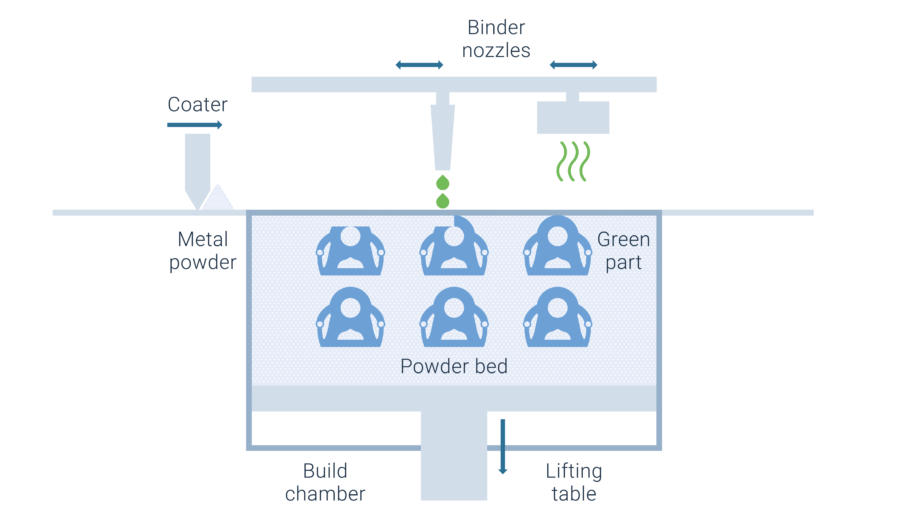Get full access to the AM Fundamentals Trial course for free
Please subscribe to get full access to the AM Fundamentals Trial course. You will receive an email with your login information after completing the registration process below.
By subscribing to our website, you agree to receive updates on our products, services, and related content from AM Academy GmbH. Your personal data will only be used for administering your account and sending the requested information. We will store and process your data to provide the services you signed up for. You can unsubscribe or withdraw your consent at any time by following the link in our emails. You can find further details in our Privacy Policy.
Stay up to date on the latest developments of the AMPOWER Academy





